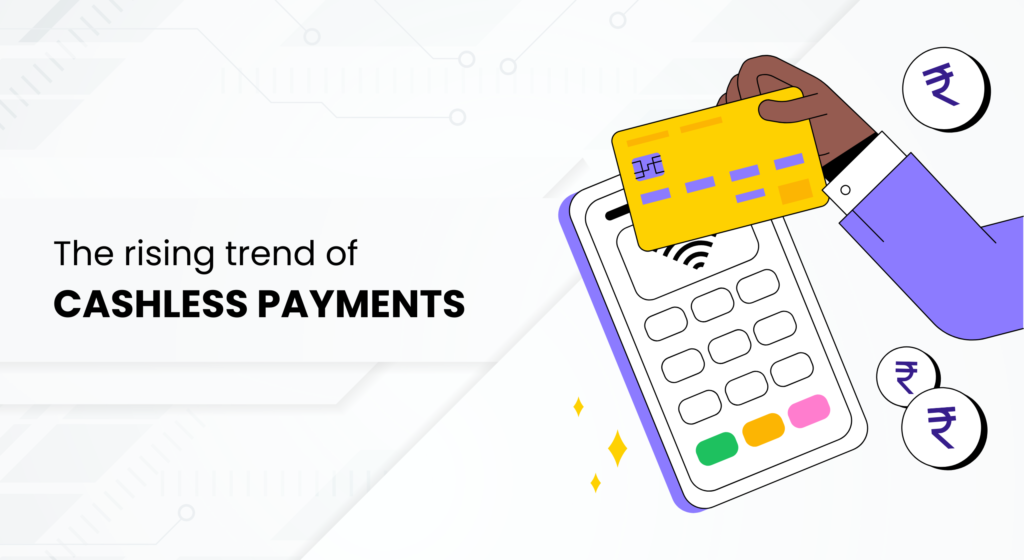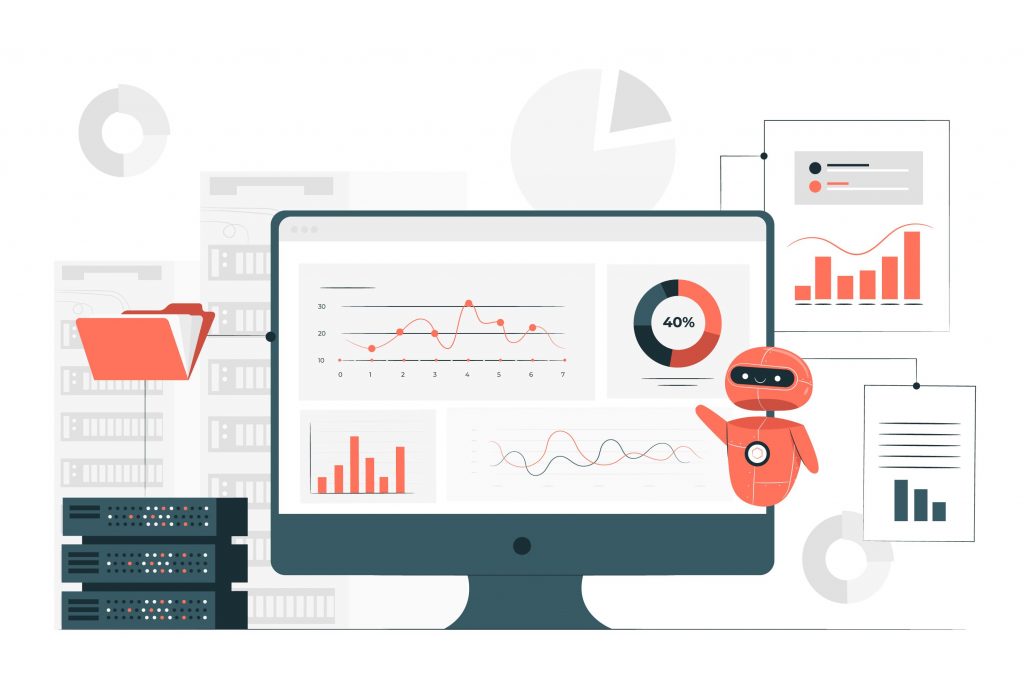The Rising Trend of Cashless Payments

Home / Blogs Table of contents Introduction Key Benefits Conclusion In recent years, the world has witnessed a remarkable surge in the adoption of cashless payment methods. Cashless payment refers to any transaction that does not involve physical cash and utilises electronic methods to transfer funds. This can include various forms such as credit or […]
Account Aggregators – Digitizing Transactions

What is an Account Aggregator? Account Aggregator (AA) is a compilation of all the Financial data from bank accounts, credit cards, any investment accounts and other accounts in one place. Currently, the same can be pulled out through the help of an API, etc. AA will help consumers to share all financial data […]
OPEN BANKING- Is India ready to enter banking 2.0?

What is open banking? Open banking is nothing but a payment system that works on an application programming interface (API). Let’s understand it better with the help of an example. In India, how long does it take to open a new bank account? How many times do you need to verify your documents? […]



